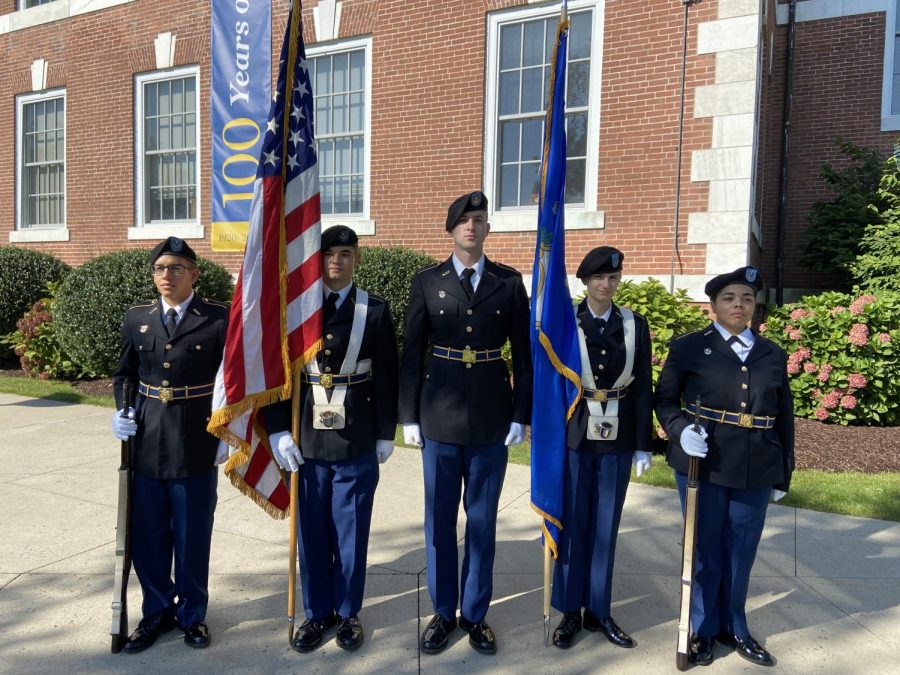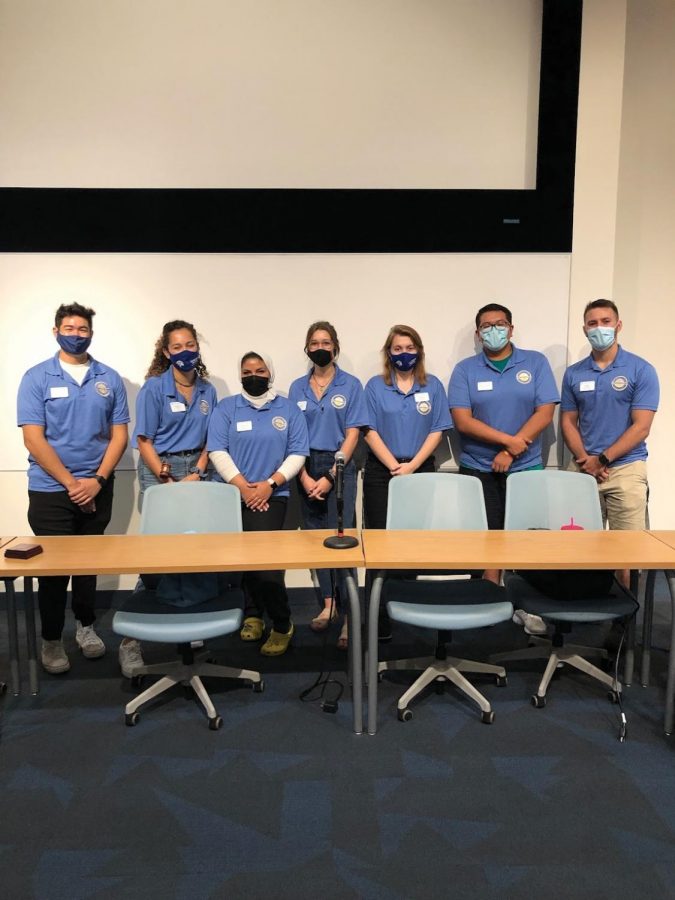West Haven– The University of New Haven (UNH) has received an $850,000 grant from the United States Naval Research Laboratory in Washington, D.C., for the expansion of the Institute for the Study of Violent Groups (ISVG). The institute analyzes open source information on the activities and associations of more than 1,500 terrorist groups worldwide and provides it to law enforcement and the military in an effort to combat crime and terrorism.
ISVG began in 2002 under the leadership of Dr. Richard Ward, dean of the UNH Henry C. Lee College of Criminal Justice and Forensic Sciences, and former dean of the College of Criminal Justice at Sam Houston State University (SHSU). When Ward accepted the position at the Lee College in 2008, ISVG expanded its operations to include UNH. ISVG now utilizes a culturally diverse staff of 40 researchers and technical specialists at UNH and SHSU to analyze information on terrorism, political and religious extremist groups and related transnational criminal activities.
Sifting through publicly available information such as newspapers, government reports, court documents and web sites, ISVG researchers identify patterns and trends then provide thoroughly researched and sourced data on terrorist, extremist and transnational criminal organizations to various law enforcement and military organizations, both in the United States and abroad.
The core of the project is a relational database that is capable of collecting and organizing vast amounts of open-source data at a very fine level of detail. For instance, the ISVG database is capable of recording more than 30 variables on a single bombing incident and more than 50 variables on an individual linked to terrorist groups. Altogether, the ISVG database has more than 1,500 variables that researchers use to record tactical/operational details on incidents of terrorism, and relational details that connect individuals, groups and organizations suspected of involvement in of terrorism, extremism, and related organized-crime activities.
“The ISVG database allows users to quickly visualize every relationship an identified terrorist has, according to open sources, and establish whether seemingly random events are linked,” says Ward. He adds that the ISVG database already has been used to identify numerous trends and patterns; from identifying changes in terrorist tactics to examining the evolution of trafficking routes and making predictions about the fate of hostages held by terrorist organizations.
ISVG’s Director of Collection at SHSU Vesna Markovic noted that this approach is very powerful. “Collecting and coding information at such a granular level allows for researcher and analysts to conduct very sophisticated analyses that have not been possible with other datasets.” The technical architecture of the ISVG database allows this power to be harnessed when it is connected to a wide range of government and commercial analysis and visualization programs.
UNH Assistant Professor of Criminal Justice and ISVG Executive Director Daniel Mabrey notes that the database is used in a variety of applications, “The ISVG system keeps us at the cutting edge of data analysis and visualization in the areas that are of great interest to the counter-terrorism community.” He added that ISVG spent the last year applying link, social network, temporal-spatial and statistical analysis approaches to the data. The funding from the Naval Research Lab will allow ISVG to make important infrastructure upgrades to expand on these methods this year. Some applications of the ISVG database in the last year include:
• The Lincoln Laboratory at the Massachusetts Institute of Technology used the database to build new algorithms to analyze the operational signatures of terrorist networks; the resulting paper on CT-SNAIR (Counter-terrorism Social Network Analysis and Intent Recognition) was selected as the best paper at the IEEE Aerospace Engineering Conference.
• The Common Operational Research Environment (CORE) Laboratory at the Naval Postgraduate School uses the database as a resource in their curriculum to educate mid-career military officers in visual analytics and data fusion and counterinsurgency and irregular-warfare strategies
• Subsets of data from ISVG are provided to the Global Terrorism Database at the Department of Homeland Security’s Center for the Study of Terrorism and Responses to Terrorism (START) where it is used by leading scholars and researchers throughout the world to better understand and evaluate counterterrorism policies and strategies worldwide.
• Researchers at Rice University built a computational model from the ISVG database for inferring responsibility for a terrorist attack that successfully inferred the group responsible for the November 2008 bombings in Mumbai, India.
• ISVG currently provides a knowledgebase to law enforcement about the group-based violence along the US/Mexico border.







